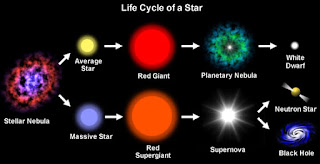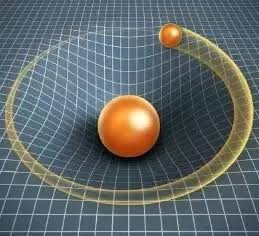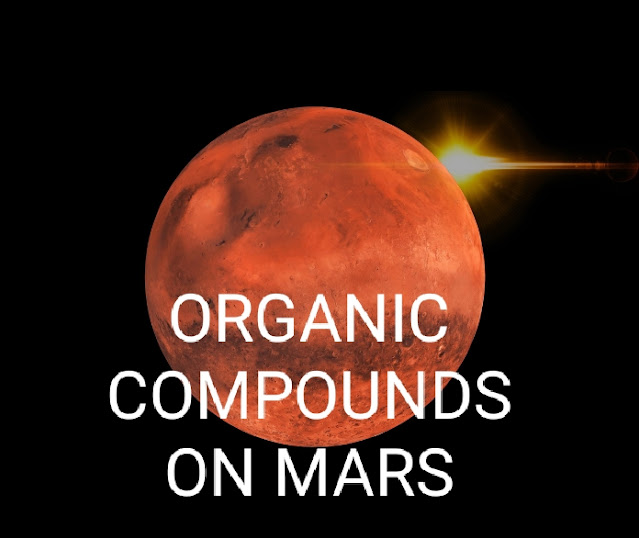THE SOLAR SYSTEM
Here are some amazing elements that our SOLAR SYSTEM consists.
1. Sun
The Sun is a star present at the centre of the Solar System. It is spherical in shape and is emmiting huge amount of light and infrared radiations with heat due to the nuclear fusion reactions in its core. It is a type of G-Typemain Sequence Star with a life span of approximately 10 billion years.
2. Planets
Our Solar System consists of eight planets named Mercury, Venus, Earth, Mars, Jupiter, Saturn, Uranus and Neptune, ordered in their respective distances from the Sun.
The smallest and the nearest planet to the is Mercury and the largest planet is Jupiter.
The hottest planet is Venus and the coldest is Neptune. Listed below is the time taken by every planet to rotate around its Axis and revolve around the Sun.
Planet Rotation Revolution
1. Mercury. 58d 15h 30m 88d
2.Venus. 116d 18h 225d
3. Earth. 23h 56m 365d
4. Mars. 24h 40m 687d
5. Jupiter. 9h 56m 12 yrs.
6. Saturn. 10h 42m 29.4 yrs.
7. Uranus. 17h 14m 84 yrs.
8. Neptune. 16h 6m 165 yrs.
The first four Planets are called the Inner Planets and next four are called Outer Planets. The Outer Planets are comparatively colder that the Inner ones because they are closer to the Sun.
Our Earth is in the Habitable Zone of the Sun that's why life is possible on our planet.
All four of the Outer Planets contains rings around them. This is made up of Asteroids, dust particles and other elements.
3. Asteroid Belt
The Asteroid Belt is a torus-shaped region in the Solar System, located approximately between the orbits of the planets Jupiter and Mars. It contains millions of irregular shaped bodies which are much smaller than planets and are called Asteroids.
4. Asteroids
Asteroids are rocky worlds revolving around the sun that are too small to be called planets. They are also known as planetoids or minor planets. There are millions of asteroids, ranging in size from hundreds of miles to several feet across. In total, the mass of all the asteroids is less than that of Earth's moon.
The main reason of studying about the Asteroids is that despite of their small size they can be very dangerous to us. Many of them hit Earth in the past, and more will crash into our planet in future.
Asteroids are formed from the leftovers of the Solar System about 4.6 billion years ago. The largest known Asteroid is Ceres with a diameter of 946 kilometres (about 583 miles). Almost all Asteroids are irregular in shape except the few with largest size which are spherical like Ceres. The surface of most Asteroids are thought to be covered in dust.
5. Meteoroids
Meteoroids are the objects in space with a range in size from dust grains to small Asteroids. They can be called as "Space Rocks".
When these meteoroids enter in the atmosphere of Earth or any other planet at a very high speed that they burn up are called meteors.
When a meteoroid survives the trip of the atmosphere of Earth and hits the ground it is called a "Meteorite".
Objects smaller that the meteoroids are further classified as Micrometeoroids or Space Dust.
We can see the meteors when they are approximately 100 km (62.14 miles) above the sea level. When many meteors are visible in the the sky in a minute or for some seconds then it is known as "Meteor Shower".
6. Kuiper Belt
This Belt is located in the Outer Solar System which extends from the Orbit of Neptune at 30 AU (Astronomical Units) to approximately 50 AU from the Sun. It is similar to Asteroid Belt but is 20-200 times as massive. While many asteroids are composed primarily of rock and metal, most Kuiper belt objects are composed largely of frozen volatiles (termed "ices"), such as methane, ammonia and water.
7. Heliosphere
The heliosphere is the vast, bubble-like region of space that surrounds and is created by the Sun. In plasma physics terms, it is the cavity formed by the Sun in the surrounding interstellar medium. The bubble of the heliosphere is continuously inflated by plasma originating from the Sun, known as the solar wind. Solar Wind extends beyond the region of Pluto until it encounters the termination shock, where uts motion slows abruptly due to the outside pressure of the interstellar medium.
The region between the Heliosphere and the external environment is covered by Heliosheath. The outermost edge of the Heliosphere is known as Heliopause. The overall shape of the heliosphere resembles that of a comet – being approximately spherical on one side, with a long trailing tail opposite, known as the Heliotail.
8. The Oort Cloud
The Oort Cloud is also known as Opik Cloud which was founded by a Dutch astronomer Jan Oort, it is theoritical cloud consists maily of icy planetesimals proposed to surround the Sun at distances ranging from 2,000 to 2,00,000 AU. The Outer limit of the Oort Cloud defines the Cosmographic boundaries of the Solar System.









Comments
Post a Comment